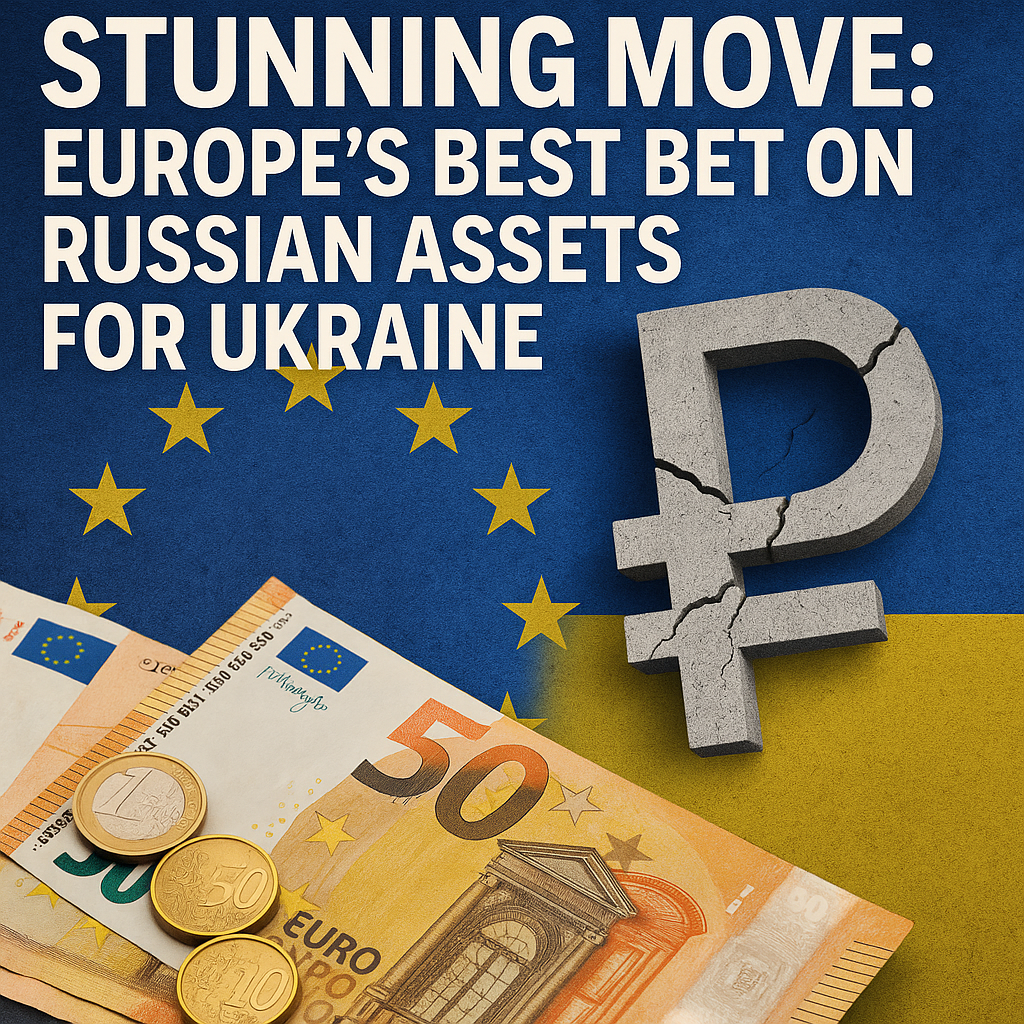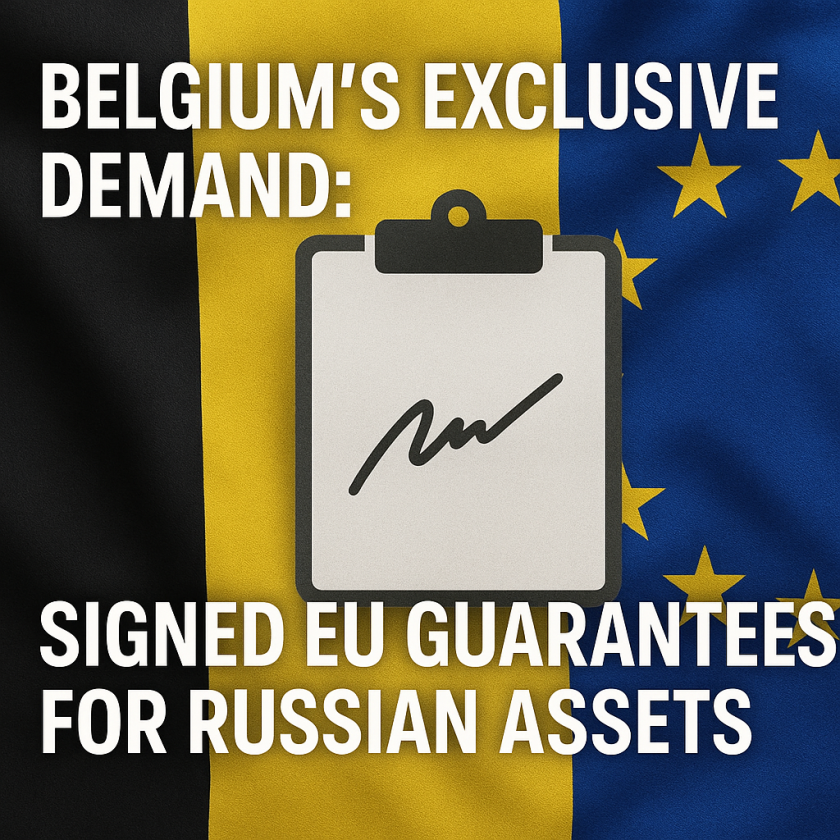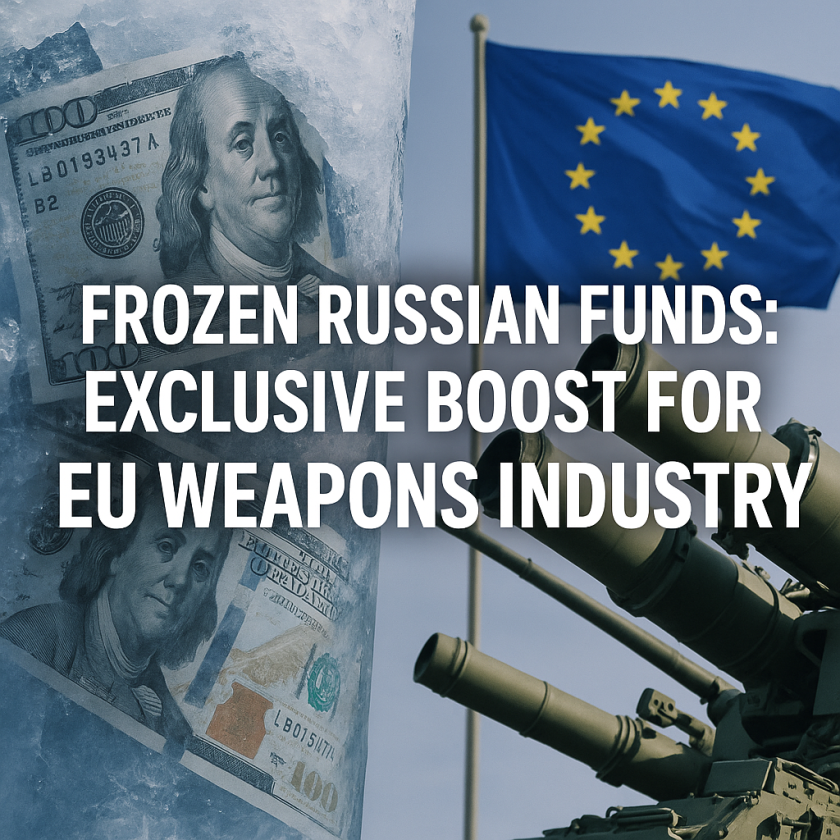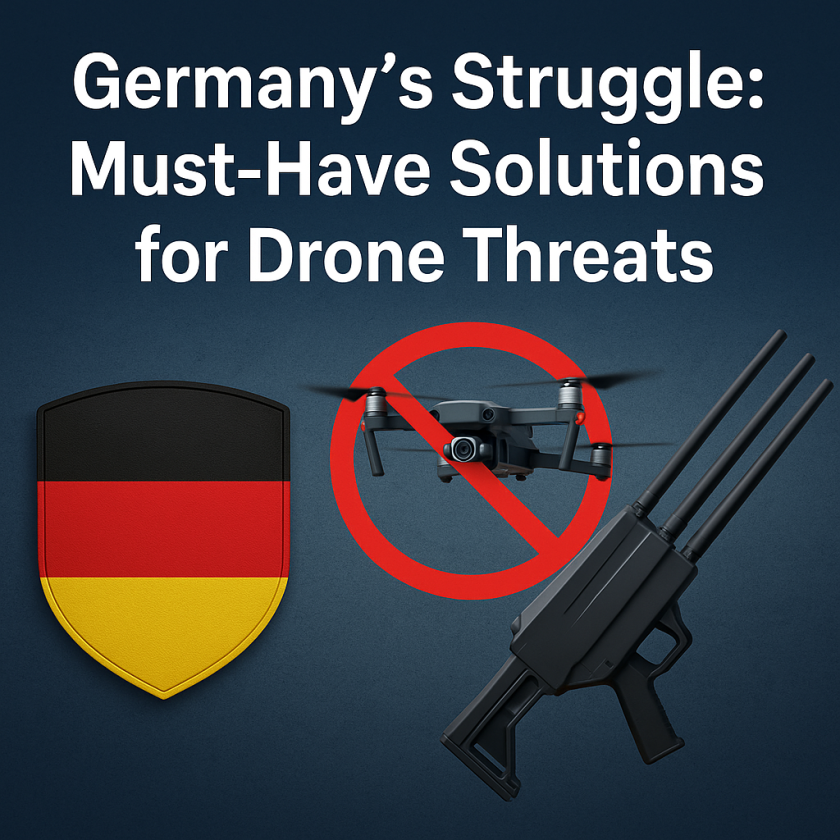Stunning Move: Europe’s Best Bet on Russian Assets for Ukraine
Stunning Move: Europe’s Best Bet on Russian Assets for Ukraine
In the ongoing conflict between Ukraine and Russia, the notion of utilizing frozen Russian assets to support Ukraine’s recovery is a stunning move that showcases Europe’s strategic recalibration. As the war drags on, Europe finds itself at a crossroads, forced to consider innovative financial strategies that may aid in restoring stability to Ukraine while navigating complex geopolitical ramifications.
The Context of Russian Asset Freezing
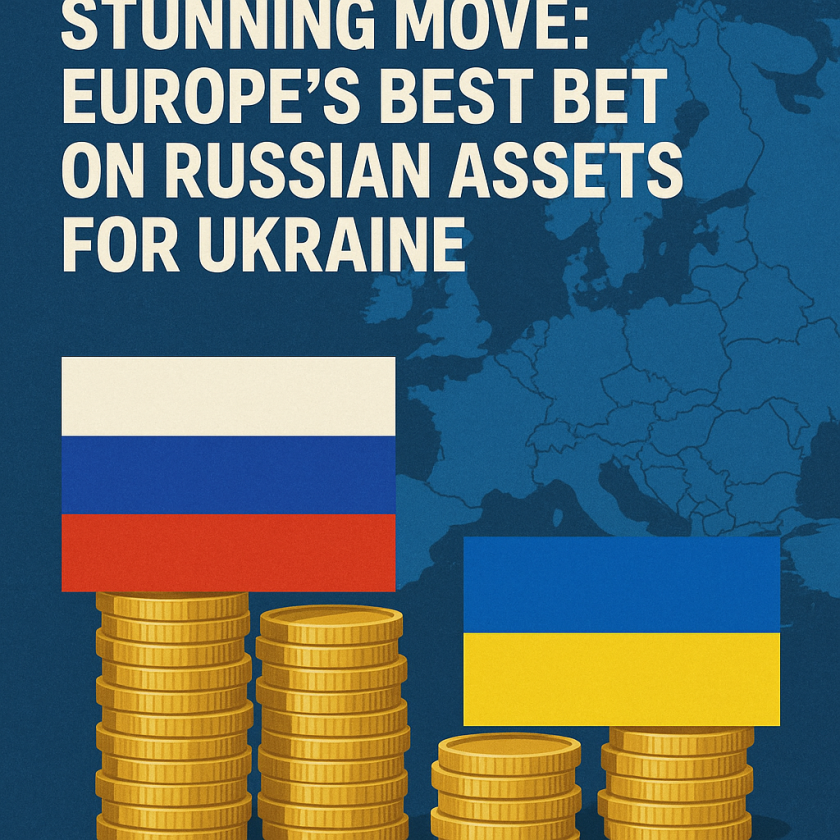
The European response to the war in Ukraine has included unprecedented measures, such as the freezing of vast amounts of Russian assets. Estimates suggest that around €300 billion (approximately $320 billion) of central bank reserves and state-owned assets are currently immobilized across Europe, representing a significant target for funding humanitarian efforts and reconstruction in Ukraine.
Diverse Perspectives on Asset Utilization
Opinions on this bold strategy vary widely across the political spectrum. Some European officials argue that these confiscated funds not only represent a moral obligation to assist Ukraine but also a practical means to reinforce international law against aggressor states. For instance, a recent article from Al Jazeera highlights that using these assets is seen as a way to send a clear message to Moscow: aggression comes with consequences.
Conversely, critics warn that tapping into these reserves could provoke further retaliation from Russia. A report from RT suggests that Moscow might see this as an act of war, intensifying hostilities. This perspective raises the question of whether Europe can justify the potential risks against the urgent need to support Ukraine’s economy, which has suffered substantial losses due to the ongoing conflict.
The broad spectrum of responses culminates in the following points:
– Support for Utilization: Advocates emphasize the urgency of funding Ukraine’s reconstruction by leveraging its aggressor’s assets.
– Caution Against Retaliation: Detractors argue that any move to use these funds could escalate tensions and provoke harsher reactions from Russia, potentially undermining broader peace efforts.
Legal and Ethical Considerations
The decision to utilize Russian assets also entails significant legal and ethical challenges. The European Union is wrestling with the finer points of international law and property rights. According to various legal experts, appropriating foreign assets raises questions about the risks involved in setting a precedent for future conflicts.
While some argue that the freezing is justified based on Russia’s violations of international law, others posit that confiscating assets can undermine the very legal frameworks Europe seeks to uphold. Examining both sides, it becomes evident that a delicate balance must be struck between immediate humanitarian needs and long-term implications for international diplomatic relations.
The Path Forward
As Europe contemplates the best course of action, the discussions point to both solidarity with Ukraine and the necessity of maintaining diplomatic channels with Russia. According to numerous sources, a two-pronged approach might be beneficial. It would involve:
– Reconciliation Efforts: Diplomatic engagements and peace negotiations should remain a priority alongside rebuilding efforts.
– Selective Asset Rights: A careful selection of which assets to use, ensuring that the actions remain within the bounds of international law, could help mitigate backlash.
So far, Europe appears inclined towards utilizing these assets as a stabilizing investment in Ukrainian infrastructure and economy. However, consensus is needed on how to implement this with minimal fallout. Facilitating constructive dialogue around asset frozen funds could pave new avenues for cooperation, presenting a balanced approach to a tumultuous situation.
Conclusion
In the end, Europe’s intention to use Russian assets for Ukraine presents a complex blend of opportunity and risk. The discussions surrounding this topic reflect deeper issues concerning justice, accountability, and the ongoing conflict’s resolution. The potential backlash and the moral imperatives of helping Ukraine underscore a pivotal moment in European geopolitical strategy.
Whether this strategy will ultimately bear fruit remains uncertain, demanding continuous scrutiny. The political calculus involved is far from straightforward, but Europe’s commitment to supporting Ukraine—or the realignment of its strategies—offers a glimmer of hope that may transcend the darkness of conflict. The unfolding narrative is not solely about assets; it encapsulates the drive for peace, stability, and the lessons of history that need recalling.

